
Plan your visit
What’s in Your Heirloom Closet?
July 12, 2012
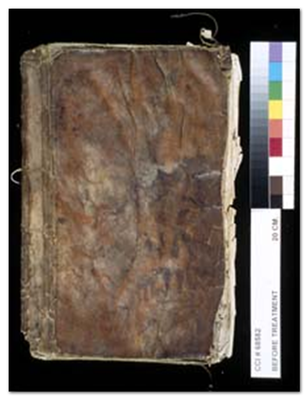
The intrinsic nature of things makes objects vulnerable to damage as they age. All objects have special physical needs based on what they are made of and how they were made. When we look at different objects, we realize that many are the sum of many parts. A book is an example an assembly of folded sheets of paper printed with text and sewn or bound together to keep the pages in order. It is protected by covers that help reduce wear and tear on the pages. Books are meant to be used over and over, yet the materials from which this book was made, and the handling that it has received has caused damage through the years. I?d like to look at a variety of objects with you. For the most part, we?ll look up close (at details) so we can concentrate not on the form or design of the piece, but the materials from which the objects are made. By doing this, we?ll see certain characteristics that make objects prone to deterioration and can become more knowledgeable about how to gently handle, move and use our objects with care.
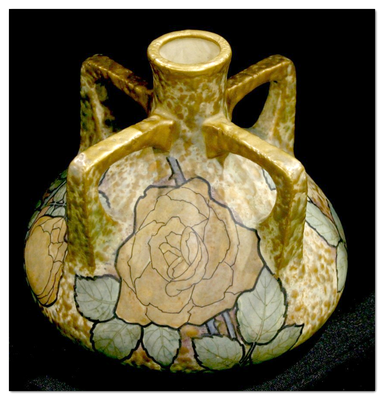
Ceramics are composed of minerals clay and earth that are coated with mineral slips and pigment slurries or glazes, which are either high- or low-fired. This results in either hard, fine porcelain or porous pottery and earthenware. Beyond the obvious care needed in handling any breakable object, we need to refrain from treating it like an ordinary household good. The use of dish washing liquids in water to wash pottery, for example, can damage delicate glazes.
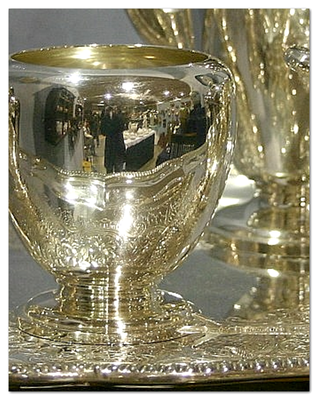
Silver and gold are very stable mineral ores that are smelted to produce precious metallic objects.
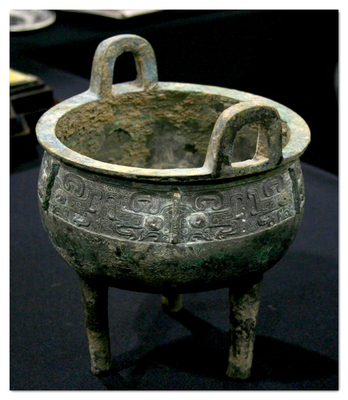
But most metals encountered are almost always mixtures of a variety of mineral ores called alloys, such as copper, brass or bronze, that undergo a process of annealing.
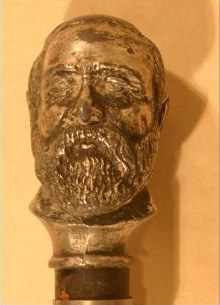
Some metals are layered together, as in the case of silver plate on top of a base meta or plated onto an iron substrate. The surfaces of all metals are prone to pitting in humid environments, with corrosion and rust as obvious points of damage. All metals with the exception of gold will readily tarnish when exposed to oxygen in the air. Metals should be handled with cotton gloves to avoid transfer of hand oils to the surface, which can attract dust and cause long-term corrosion to the surface.
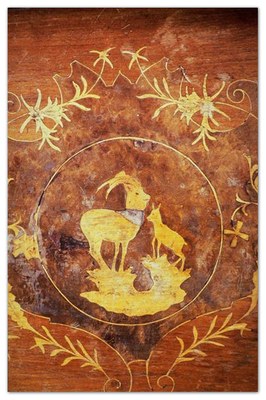
Wooden objects are often coated with natural resins, oils or varnishes. Pieces of wood are hand carved or milled and joined with a variety of glues. Often furniture components can include inlay of metal, shell and bone that all react to temperature and humidity at differing rates. As the wood expands across an inlaid surface, the small pieces of inlay can pop away from the glue and be lost.
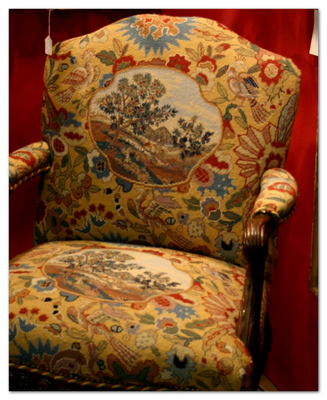
The components related to upholstered furniture include not only wood, but metal, horsehair, textile fabrics, metal (tacks) and leather.
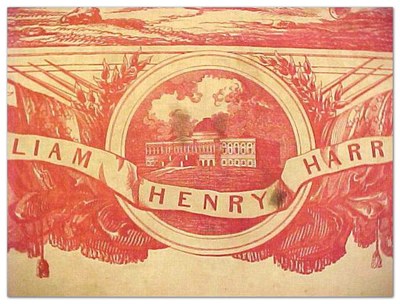
Textiles can be made of cellulose, protein or man-made fibers. Each undergo a variety of handling procedures prior to weaving, with most undergoing a variety of measures that include dyeing and sizing of the fabric. Sizing is part of the finishing? process for most textiles that provide the qualities of drape.
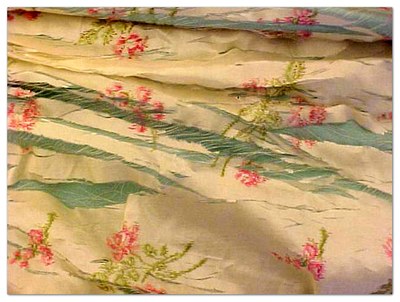
In addition to sizing, silk fabrics were often artificially weighted? with a solution of metallic salts. This resulted in added weight to the fabric, sometimes up to 22 times the original weight, and helped obtain a more substantial drape needed for designs of fashion. Upon aging, the metallic salts breakdown the silk protein fiber and cause splits within areas of the weave.
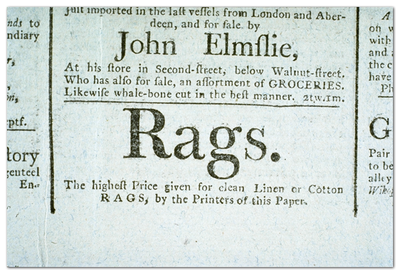
Early papers can be made of pure cellulose rag pulp sized with gelatin.
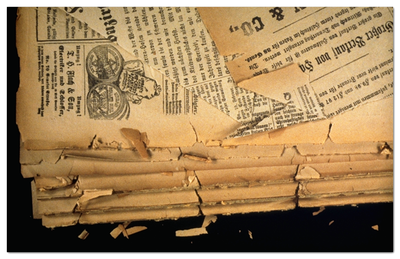
Later papers were made of acidic wood pulp sized with alum. They can be coated with clay, dyed and printed with liquid or oil based inks. This example shows degraded paper that is severely yellowed and brittle. There is no flexibility or strength, and manipulation of any sort leads to complete fracture.
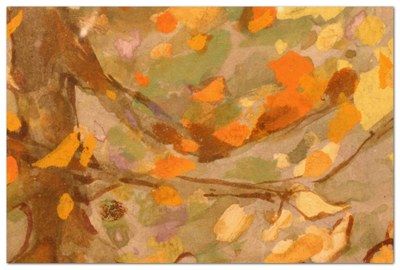
Pigments are mineral compounds that undergo grinding and are bound to paper and canvas by a variety of oils and gums.

Water is also used as a common vehicle to deposit pigments on the surface of paper, like in this detail of a watercolor. While the ground pigments are very stable, it is often the vehicle of gum, oil or water that determine whether pigments remain permanently attached to the paper or canvas. If the gum or oil become brittle, paint layers can start to crack and peel from the surface. Watercolors can remain soluble in water for many years.
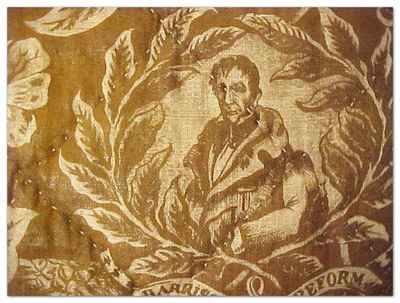
Other coloring agents such as dyes can be derived from natural substances like plants indigo, woad and (beetle) cochineal, which are set to fabric with mordants of metal salts during the dye process.
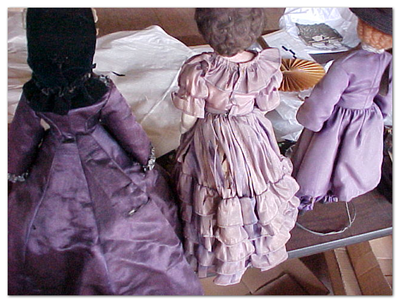
Later, synthetic, chemical dyes were made in the laboratory. Most older dyes are prone to quickly fade in varying degrees when exposed to light energy. The dress in the middle was as dark as the dress to the left. Years of exposure to light has caused severe fading of the dye.
So we have examined some common characteristics of objects you may have in your heirloom closet. Next time, I?ll talk about how to gently handle, move and use our objects with care.
____________________








